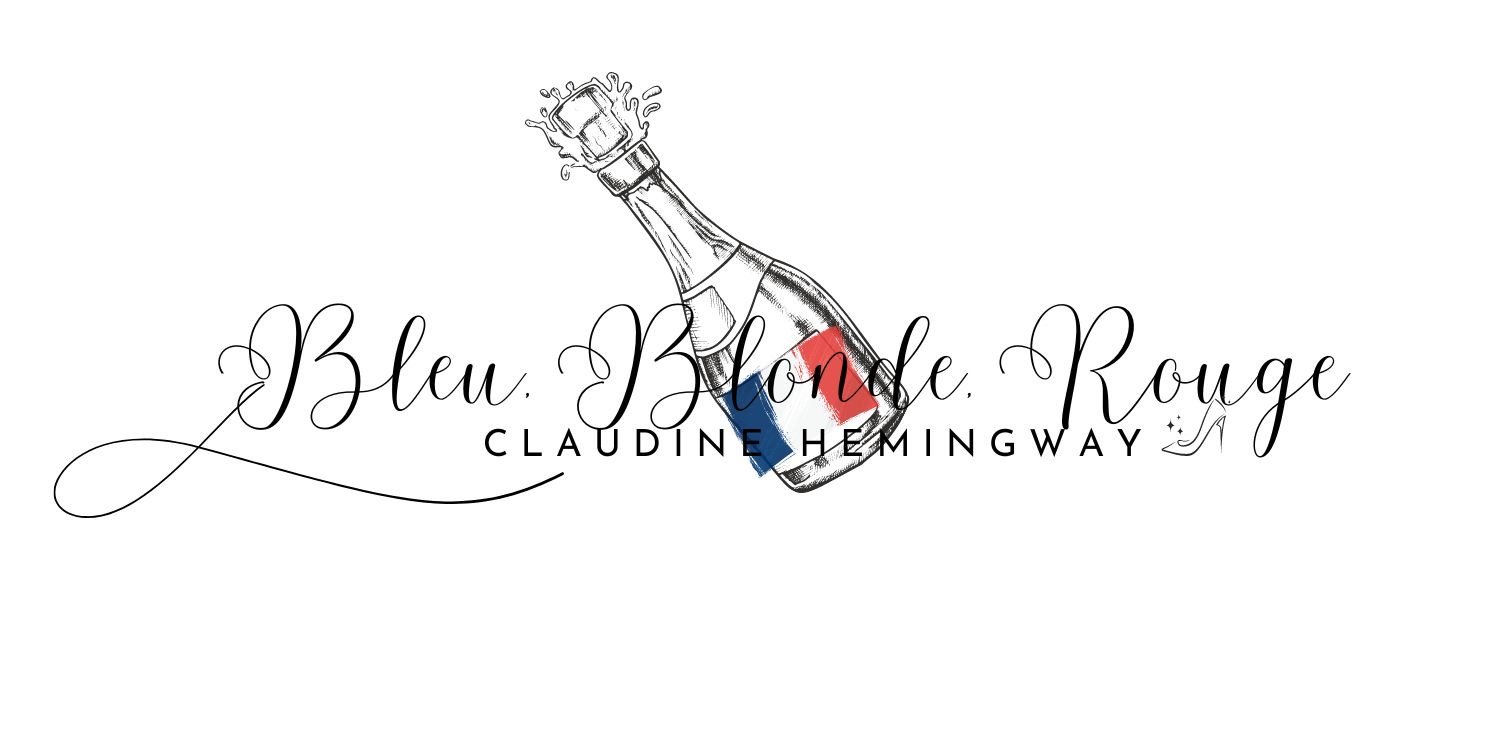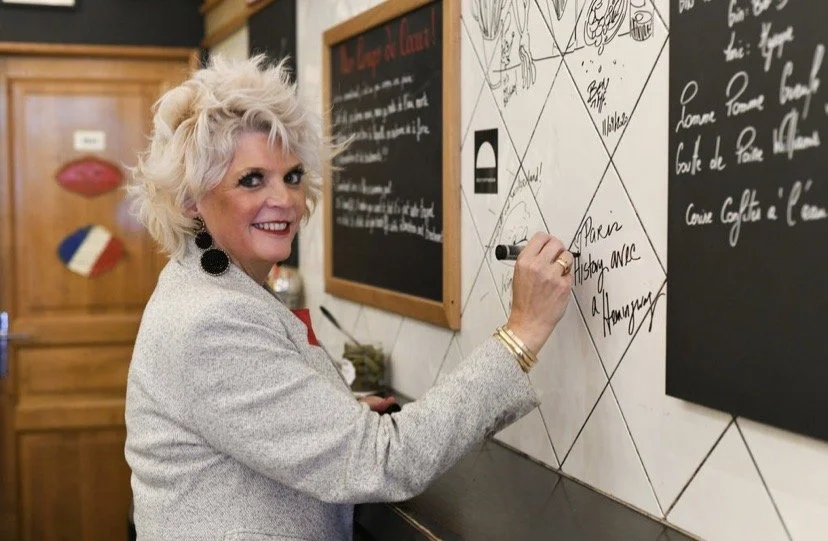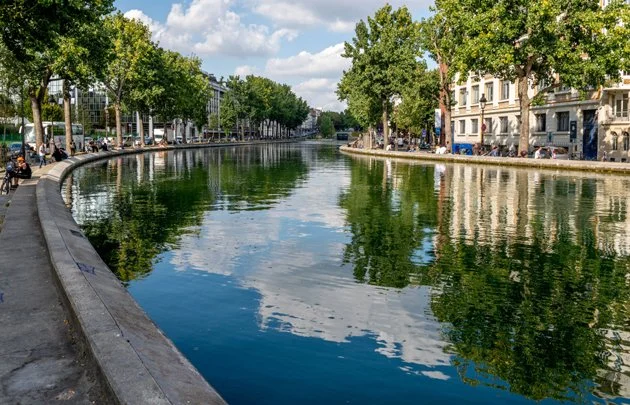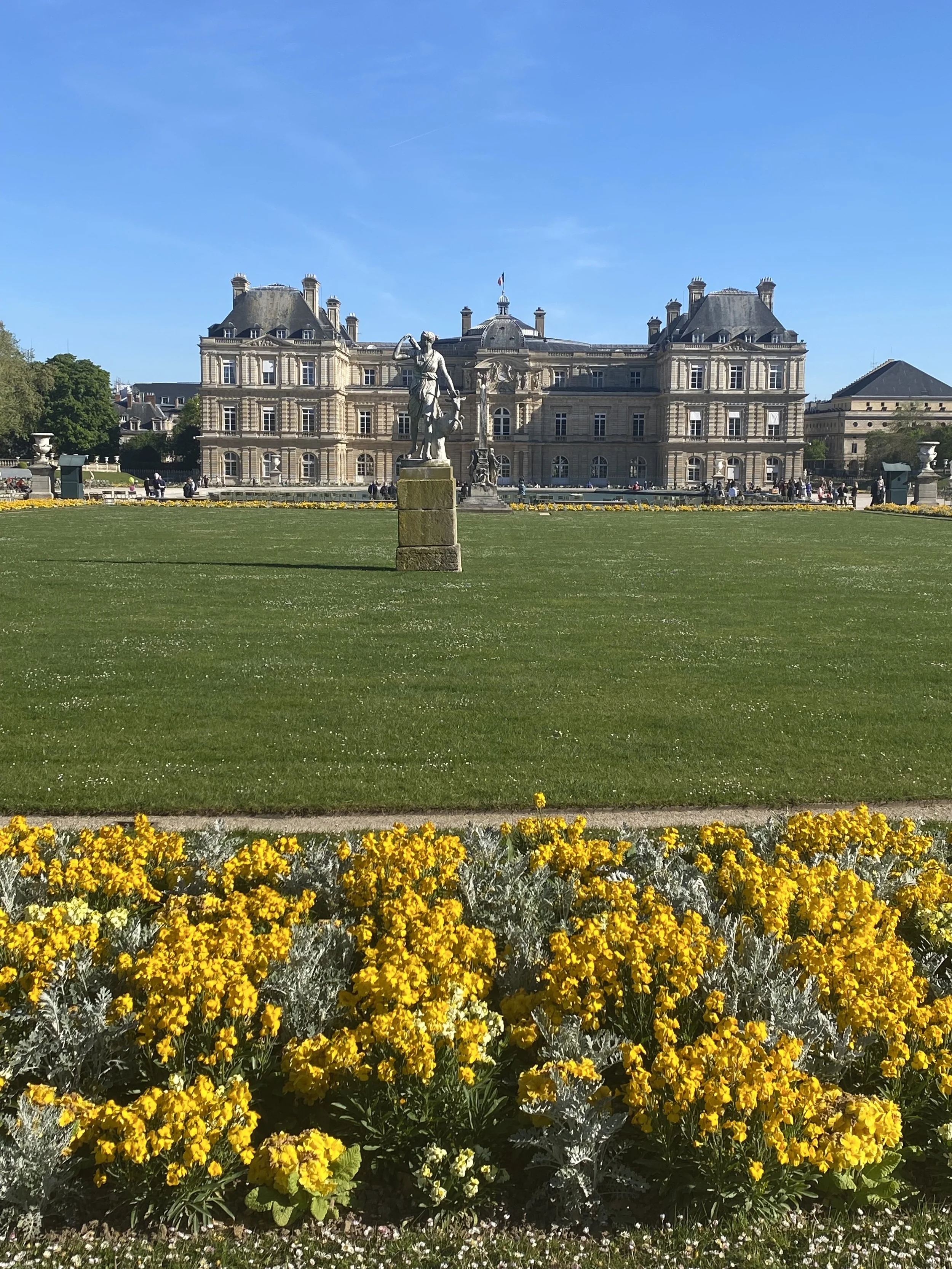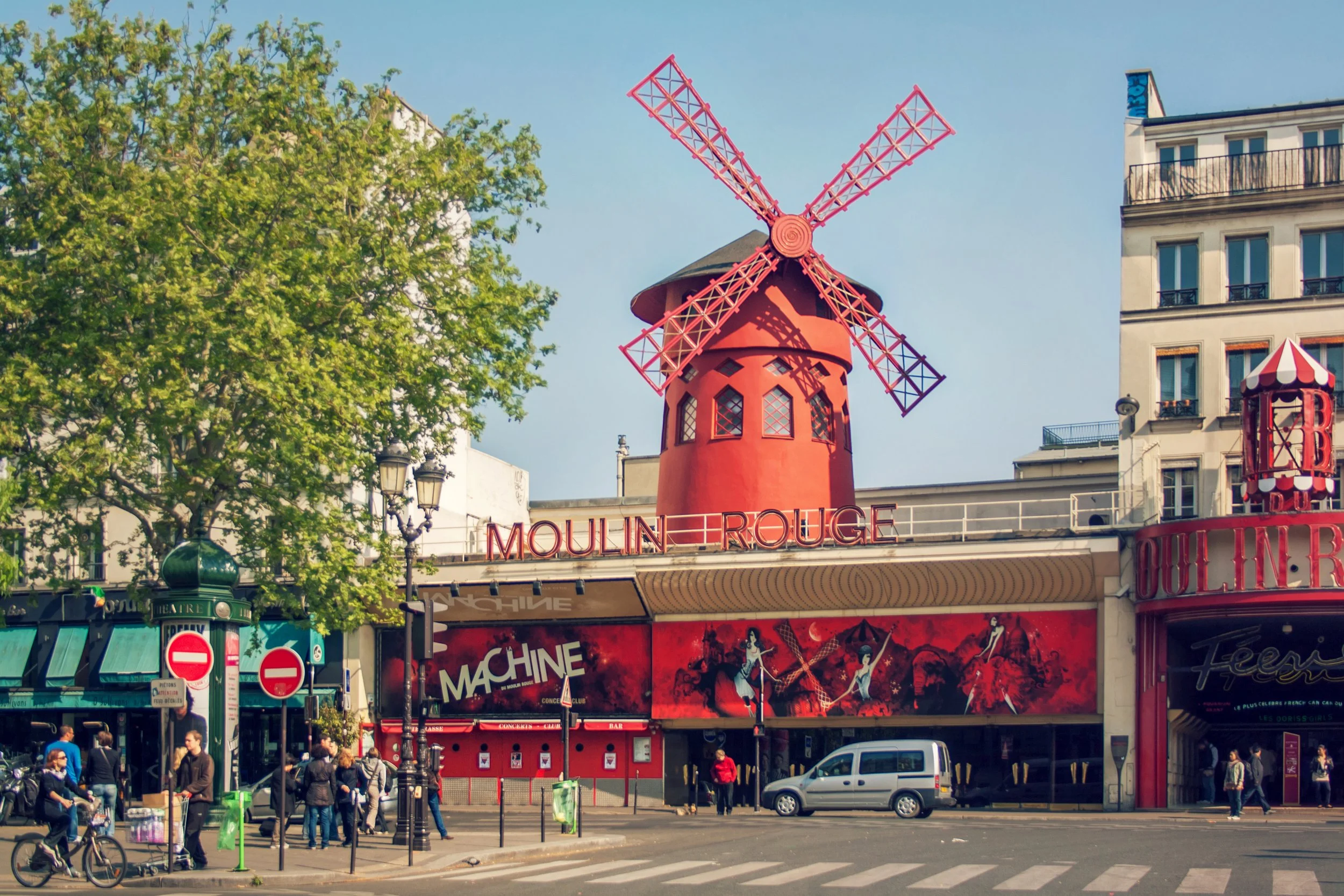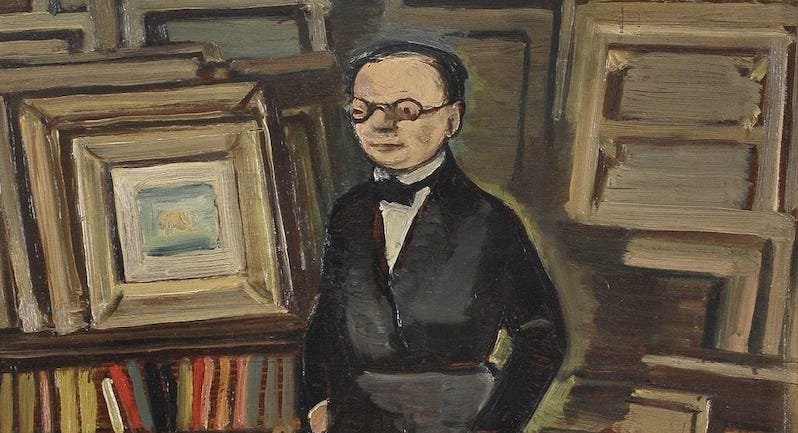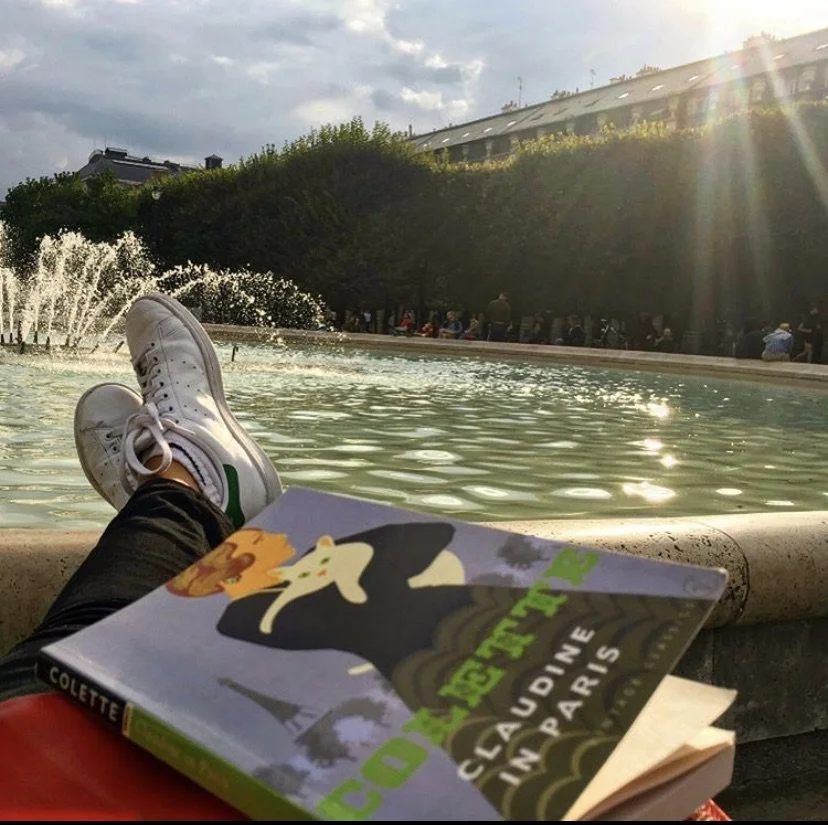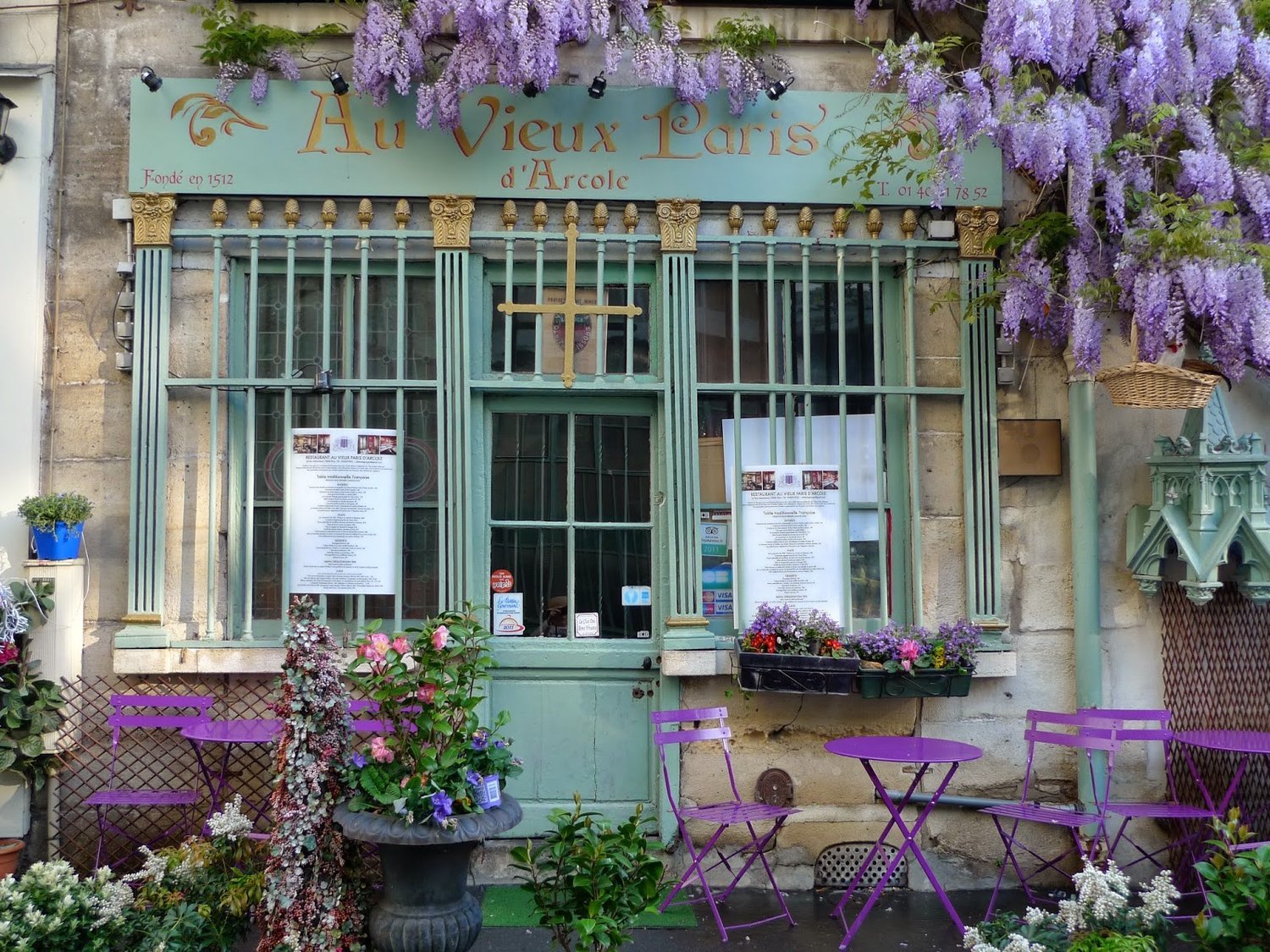Quai de Béthune, originally the Quai de Balcons and created by guess who, Louis Le Vau. Named for Maximillien de Bethune, the Duc de Sully who also got a bridge.
No 36 Hotel de Pierre Violle. Pierre Violle got a bit too involved in the Fronde and was exiled by Louis XIV. In 1661 Voille’s family sold it to Pierre Forest, first valet to Louis XIV lived here and then passed through other close members of Louis’s inner circle.
In the 19th century Jules Jaluzot, owner of Printemps purchased it.
Marie Curie arrived in 1912, six years after the death of her husband Pierre and lived until her death in 1934. Anther Nobel Prize winner René Cassin lived hear as well.
No 34 Hotel de Gontaur-Biron. Built in 1640 for Simon Huguet. In the 18th century Louis-Antoine de Gontaut, duc de Biron owned it. The Marshal of France under Louis XV who bought the Hotel Biron as well in 1753, now known as the Musée Rodin
No 32 Louis Le Vau, built for Philippe Guyn, general of finance.
No 30 Hotel Potard, Louis Le Vau 1641 for Louis Potard, commissioner of war under Louis XIII
No 28 Hotel Aubert-Perrot Louis Le Vau for Claude Aubert, controller of city hall. In 1770 Pierre Perrot, president of the court of auditors restored the building and added the allegoricals reliefs on the 1st floor.
No 26 Hotel Sainctot, Louis Le Vau for Nicolas Sainctot, the kings butler
No 24 Hotel Hasselion, this area was once covered with the gardens that stretched to the church. Le Vau built if fort Denys Hasselin in 1640, steward of the kings pleasures (good lord that must have been a job). He died after swallowing 294 walnut kernels in a bet. (ok, not so bright either).
In 1935 Helene Rubenstein had the building demolished, only the door remains. She rebuilt t in the Art Deco style with a lovely rooftop garden by Louis Seu. During WWII the Germans occupied it and shot at the furniture that she kept.
Georges Pompidou rented it while president in 1970 and died here on April 2, 1974 while in office.
No 22 Hotel Lefêvre de la Barre. Louis Le Vau for Antoine Lefêvre de la Barre Councillor of Parliament. Baudeliere lived here from March 1842 until June 1843.
20 Hotel Lefêvre de la Mauison, Antoine’s brother lived here and they were built at the same time
No 18 Hotel de Comans d’Astry Richelieu. 1644 for d’Astry, butler to the king. Nephew of Richelieu lived here in the late 17th century.
Rue de Bretonvilliers Named for Claude Le Ragois de Bretonville, secretary to Louis XIII on what was then the Ile Notre Dame. Six hotels and a huge garden was built on the property. All of it but the arcade was destroyed in 1874.
Rue Ile Saint Louis en l’Ile
No 3 to 9, the remnants of the Hotel de Brentonville.
No 12 Philippe Lebon. Born in 1767 he created the first hydrogen gas lighting in Paris. On September 21, 1799 it was installed in the Hotel de Seignelay in the 7e. The gas was heated by a wood oven moving the gas through the pipes. Lebon died the day before Napoleons coronation. A legend is told that he was stabbed 13 times while walking down the Champs Elysees, he in fact died here in his home at 37 years old.
The intersection here at Rue Poulletier is where the two islands were once joined. The western side being the Ile aux Vaches (cows) as it was a cow pasture where Saint Louis came to pray.
Most of the item was created under Louis XIII and Marie de Medicis but the incorporation began under Henri IV. The first homes appeared on the north side between 1620 and 1650. The early buildings put all the focus on the inner courtyards and not as much on the facades.
No 54 former Jeu de Paume, built in 1634 for Louis XIII
No 51 Hotel de Cherizot. In 1791 Jean François de Chenizot bought the building and added the balcony and updated the facade adding the dragons that make it a stunner on the street. Inside there are two courtyards and monday-friday the door is normally left open, pop on in and see.
